Hergo Reti: the smart approach to emergency service and maintenance
Focus
Focus
Category Facet
Custom Facet
Search Results
-
Web Content Article · written-by Palvi Andrea Tonziello on-date Aug 4, 2020 5:25 PM
An investment of Euro 37 million. A plant that disposes of 100 thousand tonnes of organic waste produced by separate waste collection and another 35 thousand tonnes coming from green waste and...
circulareconomy Categoria Progetto: Heratech Project Innovation -
Web Content Article on-date Aug 4, 2020 4:19 PM
The ultrasound hydrolysis system, installed in the Forlì treatment plant, makes the life cycle of wastewater sludge circular. The result: less sludge to dispose of, and more biogas produced.
circulareconomy Categoria Progetto: Circular Economy Water Project Innovation -
Web Content Article on-date Aug 4, 2020 4:07 PM
We have installed a turbo expander at the R&M stations of Ducati's factory in Bologna. The goal is to recover electricity from the decompression process of methane gas.
circulareconomy Categoria Progetto: Innovation Energy Efficiency -
Web Content Article on-date Aug 4, 2020 3:28 PM
To obtain clean energy to power Ravenna's buses by decomposing waste in landfills.
circulareconomy Categoria Progetto: Innovation Circular Economy
Asset Publisher
More than 130 thousand emergency response reports involving 1,500 employees in 2019. More than 50 thousand emergency response operations in the first six months of 2020, in a local area that includes Emilia-Romagna, Triveneto and Marche.
More than 130 thousand emergency response reports involving 1,500 employees in 2019. More than 50 thousand emergency response operations in the first six months of 2020, in a local area that includes Emilia-Romagna, Triveneto and Marche. These numbers speak for Hergo Reti, Hera Group's platform that effectively manages our operations, maintenance, technical assistance, and emergency response activities.
Efficiency, performance and satisfaction are the key words that have guided us along the development of Hergo Reti, a project included in our Utilities 4.0 plan. Since its introduction in 2018, the "Geocall" IT platform has enabled us to simplify our processes by applying the benefits of digitalisation to emergency response activities. In the past, the persistence of paper documents or data accessible only from a fixed location slowed down operations. The need for constant telephone contact with assistants and the use of multiple devices for different functions did not improve process efficiency.
Today, thanks to "Geocall", everything has become accessible via smartphone: from the technical information of the user systems to the data on service personnel, up to the creation and allocation of the work phases, the consultation of multimedia documents attached to the work orders and road navigation to the location of the report.
Search Bar
Tag Facet
Search Results
Asset Publisher

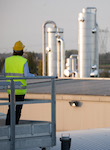

.jpg/468d051b-ba80-83a6-359d-7ef55eefd940)
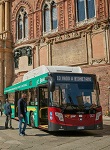
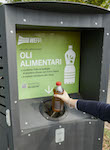
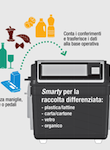


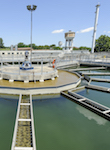
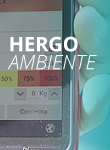
.jpeg/1d0e0770-1094-b22b-fce4-099f27c72978)